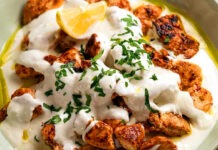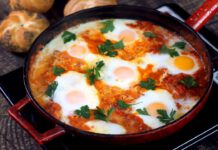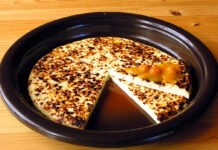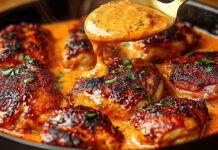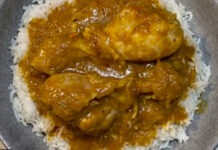Traditional Swedish cuisine is characterized by simple and hearty dishes that often make use of locally sourced ingredients. Due to Sweden’s large north-to-south expanse, there are regional differences between the cuisine of North and South Sweden. Many traditional dishes employ simple, contrasting flavours. One thing that many have heard of is the Swedish Smörgåsbord. The Swedish sandwich board is characterized by the fact that you won’t find any sandwiches on it.
KIRUNA JULY 6: Traditional Swedish cuisine is characterized by simple and hearty dishes that often make use of locally sourced ingredients, particularly those suited to the country’s climate. Swedish cuisine varies by region, with some dishes and ingredients being more prominent in certain areas. Additionally, modern Swedish cuisine has seen an increase in international influences and a focus on local, organic, and sustainable ingredients.
Due to Sweden’s large north-to-south expanse, there are regional differences between the cuisine of North and South Sweden. Historically, in the far north, meats such as reindeer, and other game dishes were eaten, some of which have their roots in the Sami culture, while fresh vegetables have played a larger role in the South.
Many traditional dishes employ simple, contrasting flavours, such as the traditional dish of meatballs and brown cream sauce with tart, pungent lingonberry jam.
One thing that many have heard of is the Swedish Smörgåsbord (Smörgås is sandwich in English). The Swedish sandwich board is characterized by the fact that you won’t find any sandwiches on it. I haven’t found any sandwiches and I’ve visited many Swedish sandwich bars. A more correct name would be a Swedish Buffet.
Swedish cuisine could be described as centered around cultured dairy products, crisp and soft breads, berries and stone fruits, beef, chicken, lamb, pork, eggs, and seafood. Potatoes are often served as a side dish, often boiled.
Swedish cuisine has a wide variety of breads of different shapes and sizes, made of rye, wheat, oat, white, dark, sourdough, and whole grain, and including flatbreads and crispbreads.
Featured Image: Jordan Klein

